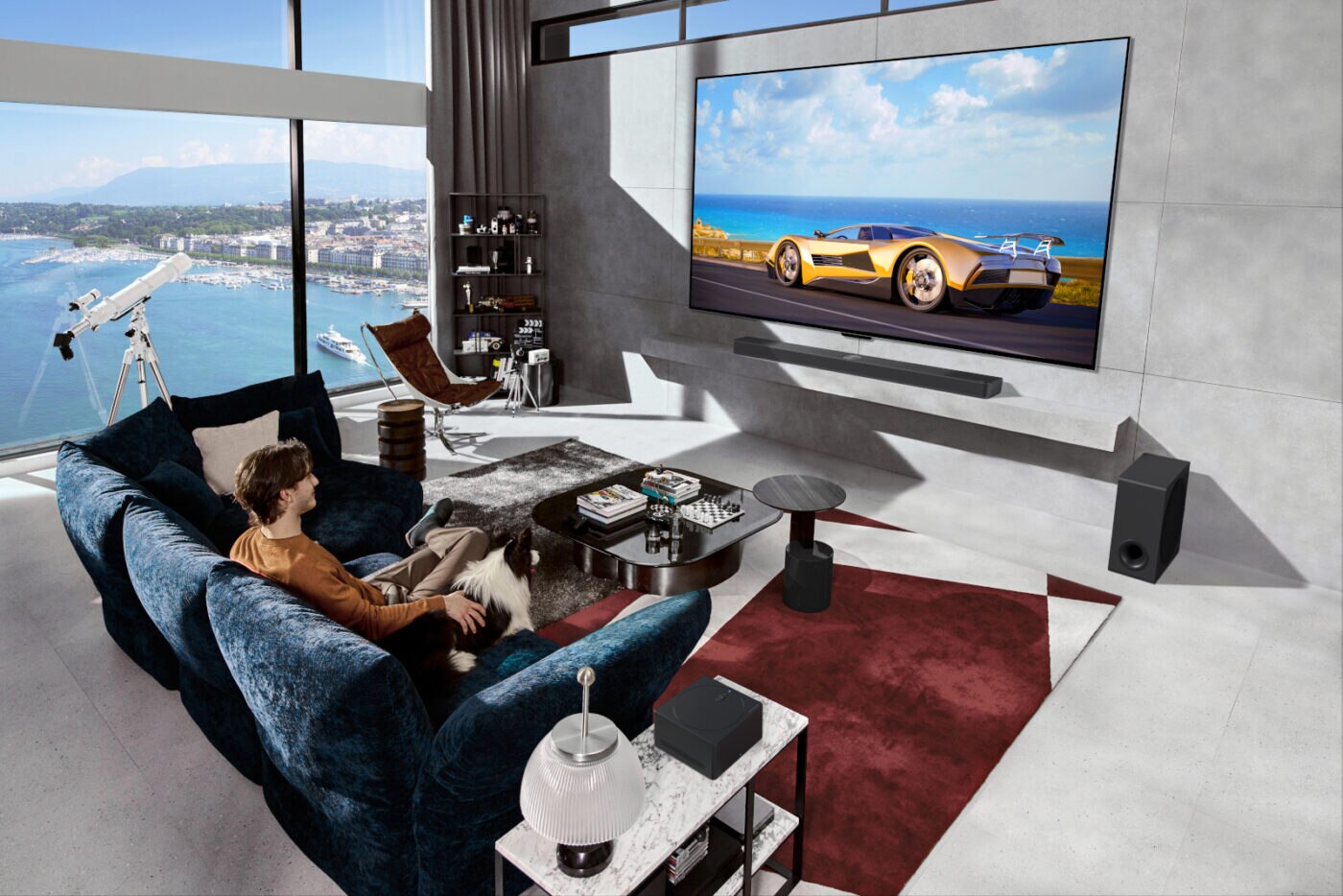Powering the Evolution of DTVs

DTVs are evolving into multifunctional devices with far richer user experiences. This not only includes the high-quality video streaming services that dominate today’s TV experience, but other use cases, such as video calling, health and fitness applications and gaming. On top of this, the user experience is continually evolving, becoming more responsive, incorporating more artificial intelligence (AI) and, as screen sizes continue to grow, we are seeing the emergence of higher resolution 4K UIs.
All these trends place increasing computing demands on the DTV platform. This requires higher performing CPUs and GPUs in the DTV system-on-chip (SoC).
LG embraces higher performance
One company that is embracing higher performance DTV SoCs is LG. The consumer and home electronics company recently unveiled its new OLED TVs at CES 2024, which are built on a quad core Arm Cortex-A78 CPU and Mali-G510 GPU. This brings a significant leap forward in processing performance for DTVs.
Cortex-A78 represents Arm’s ongoing drive for high-end performance combined with best-in-class efficiency. Meanwhile, Mali-G510 is designed to enable premium visual experiences and far greater graphical complexity to mainstream markets that include premium DTVs. Both sets of IP offer heightened machine learning (ML) capabilities as more AI workloads arrive on DTVs.
Leading-edge TVs
LG is the first TV manufacturer to adopt Cortex-A78, highlighting the company’s commitment to build leading-edge TVs for the premium DTV market. The compute platform for LG’s new OLED TVs raises the bar for the overall DTV user experience. The performance upgrades from adopting Cortex-A78 and Mali-G510 deliver better responsiveness and an improved UI quality on DTVs, as well as providing the required performance to enable new use cases and services.
“LG is a leader in the premium DTV market and at the leading-edge of performance. Therefore, we need leading-edge computing capabilities as the DTV continues its evolution to a multi-functional device with more use cases and richer experiences. This is the value that the Arm technology provides, resulting in 1.3x (Cortex-A78) CPU and 1.8x (Mali-G510) GPU better performance on LG O24 compared to the previous generation O22 to deliver more immersive and responsive user experiences on DTVs”, said Baik Seon-pill, leader of the LG electronics’ Product Planning Division.
Alongside the latest applications, the OLED TVs are packed full of new DTV features and use cases. LG is embracing body tracking and fitness applications for home workouts via an in-built camera. These applications utilize AI approaches for the body pose tracking and then the subsequent fitness recommendations.
The LG TV UI adopts AI-based voice activated control, which recognizes the user and then provides relevant content built around their preferences. Other AI workloads and technologies being adopted by LG include sensors to detect day or night and adjust screen lighting, and voice and natural language processing for user instructions without the remote control.
The rise of DTV AI
AI is rapidly becoming ubiquitous throughout modern DTV functionality. It is being used for picture quality enhancement, with super-resolution emerging as an important technology in the picture quality process. This uses a combination of AI and traditional video processing techniques to achieve a high-quality picture when upconverting the video sources from lower resolution to 4K (and all the way to 8K in some cases). AI is also being used to recommend new content on streaming services through powerful ML algorithms and bringing virtual assistants to the big screen.
The DTV evolution
Traditionally, the DTV was a closed fixed-function device where users watch specific channels at specific times. Now it is a multi-functional device for users, with more use-cases and far richer experiences. This DTV evolution is highlighted by LG’s new OLED TVs which are adopting a leading-edge Arm-based compute platform to make these experiences possible. As the DTV continues to be enhanced with more compute-intensive demands on the device, Arm will offer the scalable, compatible and performant IP needed to deliver the rich TV experiences of the future.
Any re-use permitted for informational and non-commercial or personal use only.











